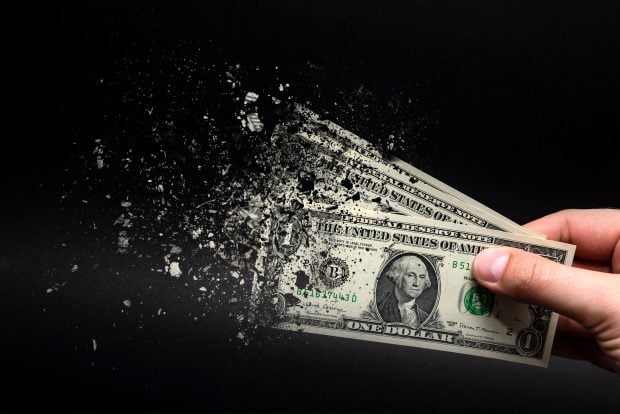WASHINGTON-Beginning Oct. 9, the Federal Reserve will begin circulating the newly redesigned $20 bills. Financial institutions and others can begin requesting them now, according to Bureau of Engraving and Printing Office Chief for External Relations Dawn Haley. She added that businesses have been given this 30-day notice to get their final preparations for the new currency in place. Haley explained that the Bureau has been working with machine manufacturers, like ATMs and bill counters, for the last year; machines have been tested and no compliance issues are expected when the new bills roll out. CUNA Vice President of Communications and Media Outreach Pat Keefe said that credit unions are "well-prepared" and expect to feel little impact from the release of the redesigned notes. The new currency was modified with background colors and improved security features. "This is the most secure note the U.S. government has ever produced," Federal Reserve Governor Mark W. Olson said. "Its enhanced security will help ensure that our currency continues to represent value, trust and confidence to people all over the world. It will co-circulate with older-design notes, and the public can rest assured that all U.S. notes will continue to be legal tender." The new series of bills was designed to thwart counterfeiters who employ increasing technological capabilities to create `funny money.' New designs for the $50 and $100 bills can be expected in the next few years and the currency designs will be modified every 7-10 years to stay ahead of counterfeiters. While the $5 and $10 are being considered for redesigns, no changes are anticipated for the $1 and $2 notes. The most obvious change to the bills is the subtle green, peach and blue colors in the background. Different colors will be used for different denominations, which will help distinguish the denominations. While the color changes are not a security feature in and of themselves, but it adds to the complexity of the note. The new $20s use an enhanced portrait of Andrew Jackson on the front and the White House on the back. The redesigned $20 bill also includes a blue eagle in the background to the left of the portrait, and a metallic green eagle and shield to the right of the portrait. The new $20 design retains three important security features first introduced in the 1990s and are easy to spot: * The watermark – the faint image similar to the large portrait, which is part of the paper itself and is visible from both sides when held up to the light. * The security thread – also visible from both sides when held up to the light, this vertical strip of plastic is embedded in the paper. "USA TWENTY" and a small flag are visible along the thread. * The color-shifting ink – the numeral "20″ in the lower-right corner on the face of the note changes from copper to green when the note is tilted. The color shift is more dramatic and easier to see on the new-design notes. These features are difficult to reproduce, so many counterfeiters are simply hoping people will not notice if they are missing.
Complete your profile to continue reading and get FREE access to CUTimes.com, part of your ALM digital membership.
Your access to unlimited CUTimes.com content isn’t changing.
Once you are an ALM digital member, you’ll receive:
- Breaking credit union news and analysis, on-site and via our newsletters and custom alerts
- Weekly Shared Accounts podcast featuring exclusive interviews with industry leaders
- Educational webcasts, white papers, and ebooks from industry thought leaders
- Critical coverage of the commercial real estate and financial advisory markets on our other ALM sites, GlobeSt.com and ThinkAdvisor.com
Already have an account? Sign In Now
© 2024 ALM Global, LLC, All Rights Reserved. Request academic re-use from www.copyright.com. All other uses, submit a request to [email protected]. For more information visit Asset & Logo Licensing.









